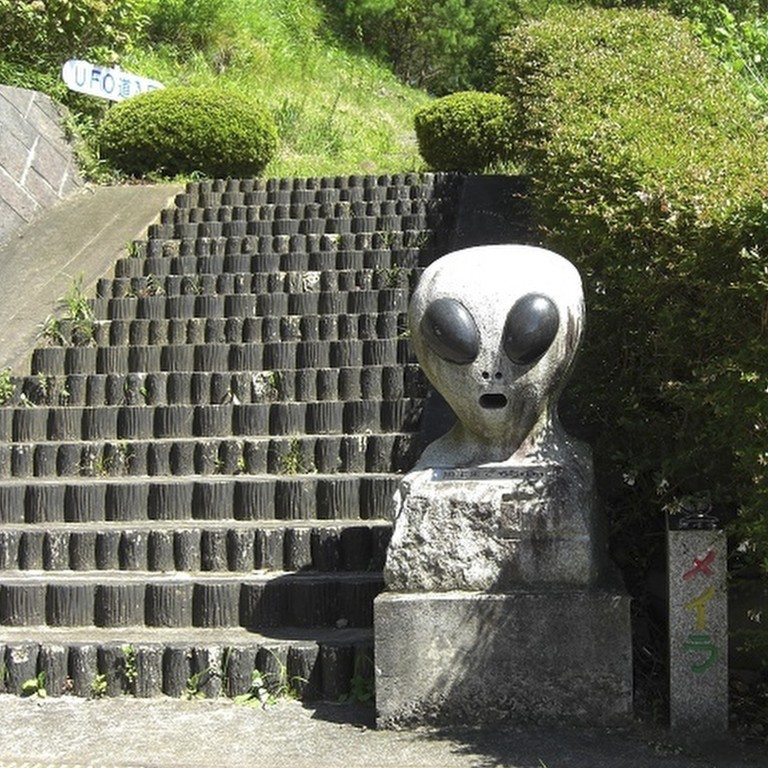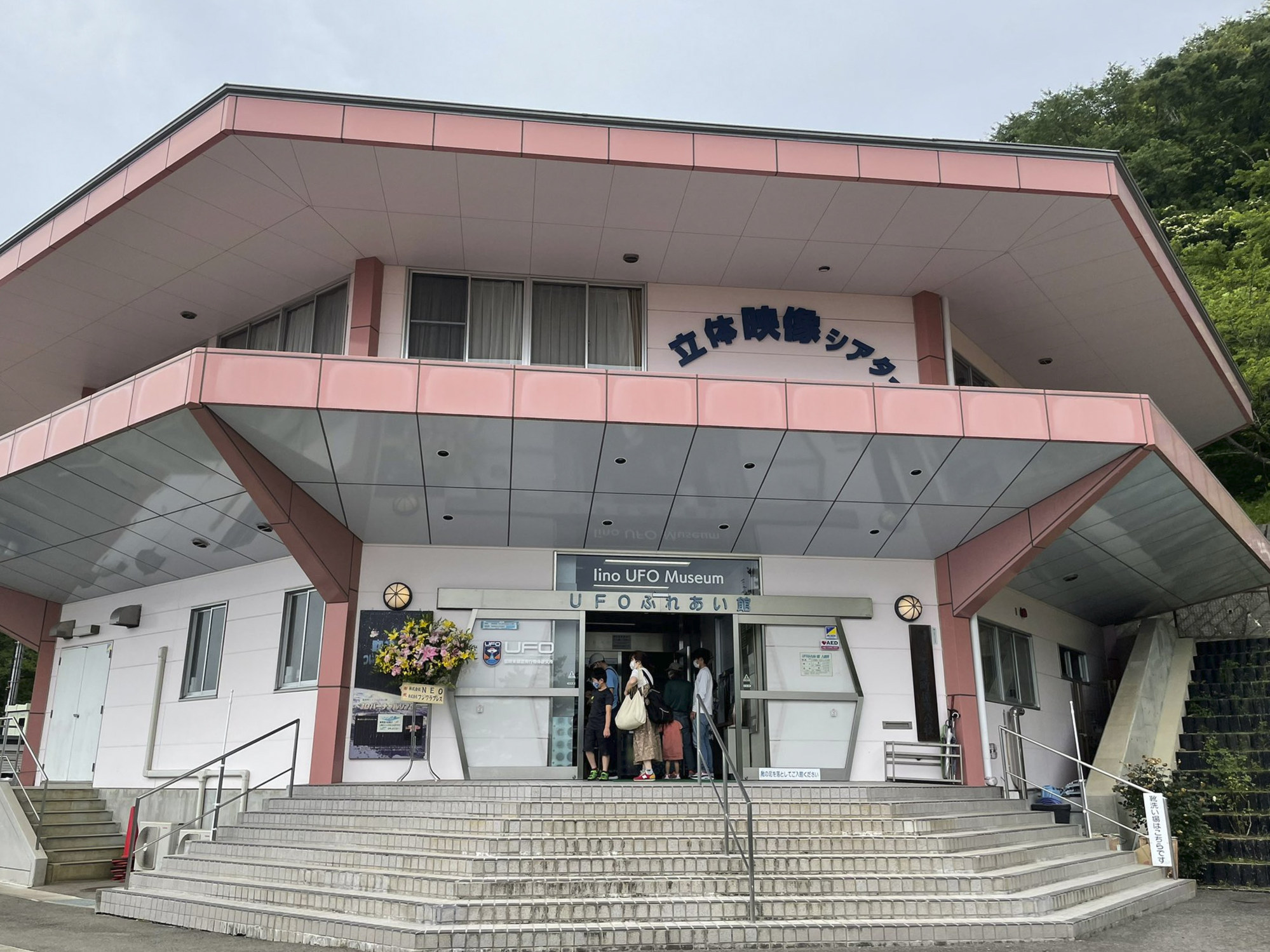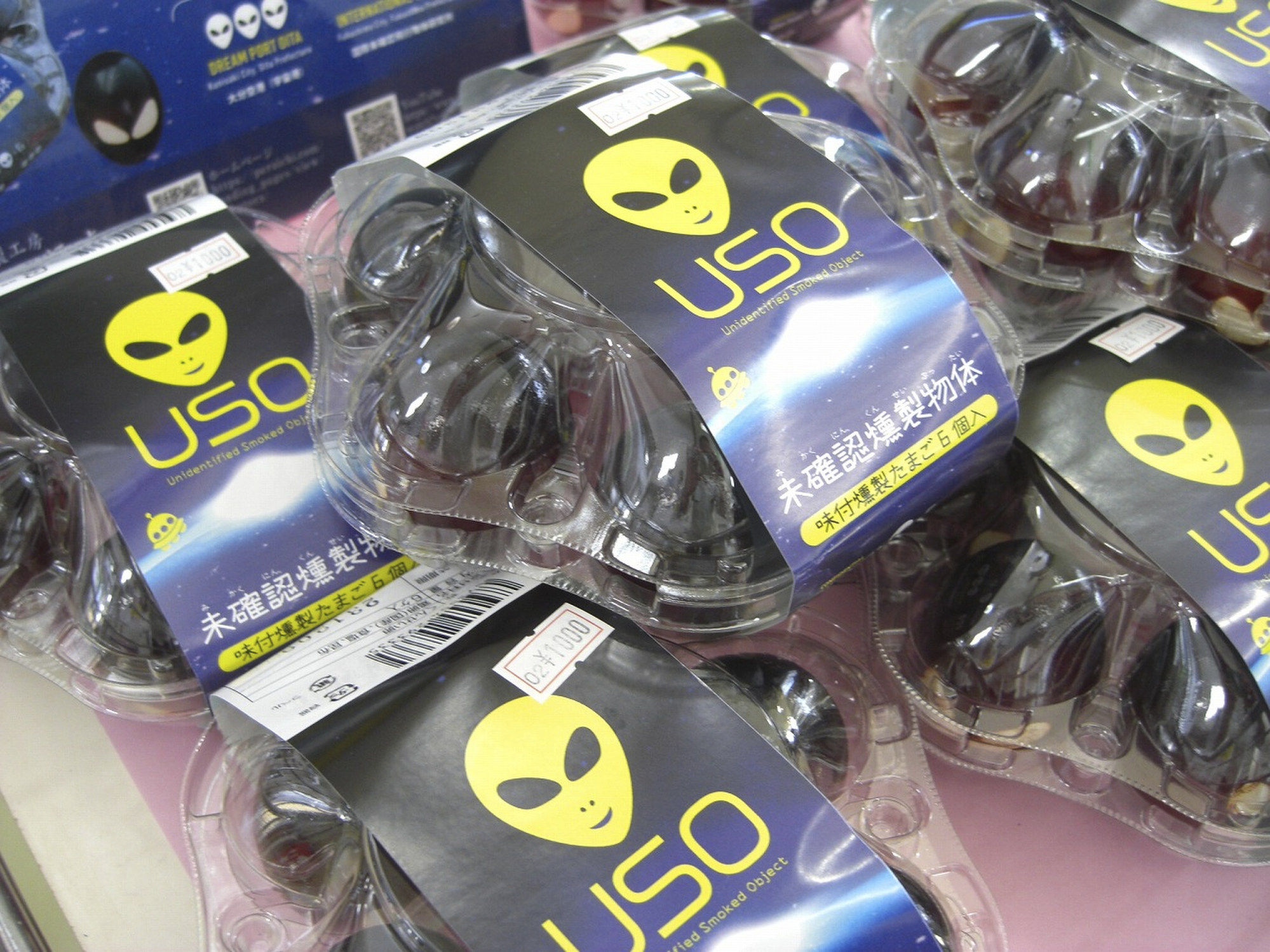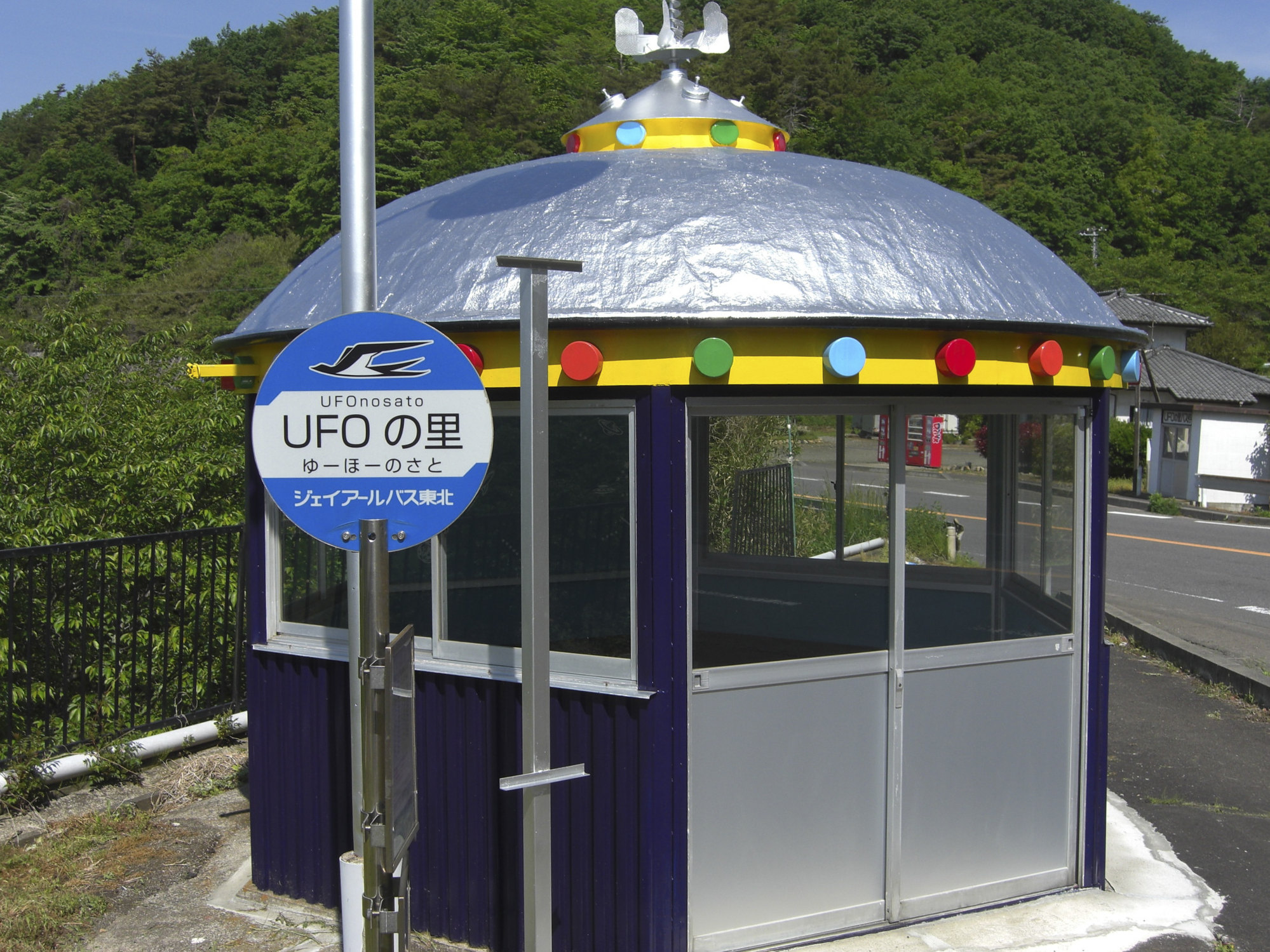
UFO hotspot hopes to make ‘bright lights’ in the sky a tourist draw – and reverse long economic decline
- ‘Home to aliens’ – that’s how a rural community in northern Japan bills itself after four decades of sightings of unknown luminous flying objects overhead
- Iinomachi hopes to revive its economy through UFO tourism, and build on the 30,000 annual visitors to its UFO museum
A tiny rural community in northeastern Japan known for numerous UFO sightings is promoting itself as a “home to aliens” in a bid to revitalise its economy and put itself on the intergalactic map.
By displaying its many pieces of UFO paraphernalia and holding events that appeal to enthusiasts, Iinomachi, which owed its erstwhile prosperity to silk production and weaving industries, hopes to build a new future by drawing visitors with a passion for the extraterrestrial.
Residents believe they live in a UFO hotspot and speak of repeated appearances of unknown luminous flying objects over the past four decades near the conical 462-metre-high Senganmori mountain.

The area, administratively part of the city of Fukushima, has a dwindling population of some 5,000 people. Senganmori, which the locals speculate is an ancient pyramid because of its shape and the large rock formations in its surrounds, dominates the scenery.
Visitors to Iinomachi cannot avoid close encounters with images of extraterrestrial life – they are everywhere, and include UFO-shaped street lights, bus stops, flags and even an alien statue.
The Iino UFO Museum opened halfway up the mountain in 1992 to display around 3,000 books, photos and other resources related to aliens and UFOs, some of them donated by the late UFO researcher Kinichi Arai. Around 30,000 people from in and out of the prefecture visit annually.
A UFO festival, in which participants dressed in alien costumes to take part in a parade and contest, was held for the first time last year to mark the museum’s 30th anniversary.
The population of the former town peaked at approximately 9,500 in 1955 but has since almost halved. Those who remain, however, believe the future can be bright.

In 2021, the International UFO Lab, which collects and disseminates UFO sighting reports to its members around the world, was established in Iinomachi on June 24, which is also designated World UFO Day.
The date commemorates the first reported UFO sighting, by US civilian pilot Kenneth Arnold in the state of Washington in 1947.
Any UFO believer can become a member of the organisation by paying a 10,000 yen (US$74) one-year membership fee. Elite members, those who sign on for three years at 20,000 yen or 30,000 yen, are entitled to special T-shirts and locally brewed sake, and all members can attend UFO-related events.
When I heard from residents that they had seen bright lights while climbing Senganmori mountain, it made me want to believe in UFOs. I’d like to see one
The group said global interest in UFOs made a resurgence after the US Department of Defence in 2020 released video footage of unidentified aerial phenomena captured in 2004 and 2015.
In 2021, the US government released a preliminary assessment on UFOs, focusing on more than 140 reports collected since 2004 from military pilots and other sources. But it failed to offer concrete explanations for most sightings.
Tetsu Konno, 62, a now-retired employee of a major chemicals manufacturer, joined the International UFO Lab as a researcher in December, hoping to use his experience in sales and marketing for the group in Fukushima, where he was born.

After being selected by the municipal government to help revitalise the district, he said a temporary goodbye to his family in Osaka prefecture, where he has lived for more than 30 years.
“When I heard from residents that they had seen bright lights while climbing Senganmori mountain, it made me want to believe in UFOs,” Konno said. “I’d like to see one during my three-year stint.”
Konno said he also hopes their efforts to use UFOs as a community resource will breathe life back into the entire area.
The goal is to get visitors to the museum and to continue their journey into the small community around 4km (2.5 miles) away, which features an old townscape and shopping street.

